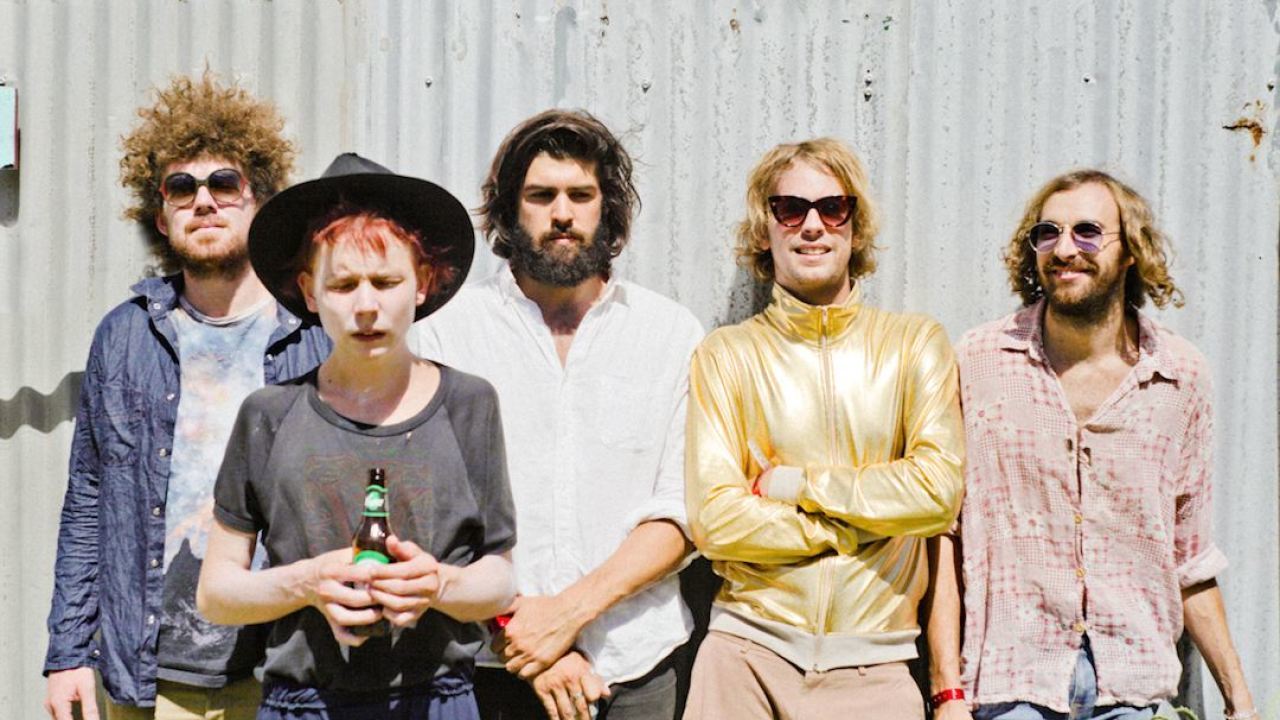There’s more to psych than nostalgia – in 2015, music is being twisted into strange new shapes. From Fuzz to Uncle Acid & The Deadbeats, these are the best bands to take a trip with…
POND
Head-popping psych wizards from Oz.
No one does psych quite like Pond. The quartet’s work is showered with kaleidoscopic rapture, making vivid use of riff-rock, glam, pop and experimental music. That it’s all done with such breathless vigour and lawless imagination only makes it more of a wonder to behold.
“We started off being really enamoured of the whole psychedelic rock aesthetic,” explains leader Nick Allbrook, “but then we started getting more into kosmische rock, like Can and Harmonia. Can have been an enormous influence – they’re still just as inspiring as they’ve ever been. At first we were really dedicated to this idea of a three-piece songwriting gang, then it became a ten-piece communal thing. I guess it was a case of not really putting any blocks on anything.”
Formed in Perth in 2008, Pond emerged from the same Western Australian scene that spawned Tame Impala and similarly interchangeable bands such as Mink Mussel Creek, the Dee Dee Dums and The Growl. Allbrook firmly believes that the relative isolation of Perth has been a key factor in Pond’s development.
“Western Australia occasionally tries to have a little fling with branding itself as encouraging the arts, but it really doesn’t. It’s completely dedicated towards the mining industry and this capitalist economy. And I think that was actually good for us, because no one was paying any attention to anything we did. No one really seemed to give a shit, which freed us from any kind of preconceived ideas or pressure. We were completely doing stuff for ourselves.”
The connection with Kevin Parker’s Tame Impala is particularly strong, with three Pond members serving in that band’s live line-up until only very recently. Parker, meanwhile, is Pond’s long-time producer.
“He’s always been part of this tight family, this kind of brotherhood,” Allbrook says of Parker. “Even when we all lived together, Kevin was always more on top of life than the rest of us, who were running around being immature and fucking up. Making music with him was like showing your work to your older brother, then him patting you on the head and going: ‘Don’t worry, mate, it’s fine.’”
Pond’s debut, Psychedelic Mango, recorded at Allbrook’s parents’ house, was issued in a limited run in 2009. But it wasn’t until their third album, 2012’s Beard, Wives, Denim (released in the wake of Innerspeaker, Tame Impala’s breakthrough) that Pond began to get noticed overseas. They undertook a successful US tour and made a series of sensational appearances at festivals throughout Europe.
The following year, Allbrook gave up his touring gig with Tame Impala, although Pond’s multi-instrumentalist Jay Watson remains part of Parker’s set-up. The decision allowed Allbrook to clear his head a little, he says, as well as make a solo album, Ganough, Wallis And Fatuna.
Pond’s reputation has grown apace. Alongside Tame Impala and the equally malleable King Gizzard & The Lizard Wizard, they’re currently leading the charge for free-spirited Australian psych. The band’s sixth album, Man It Feels Like Space Again, was released to huge acclaim earlier this year. From its Robert Crumb-inspired sleeve to the lysergic pop art that gushes from its grooves, it’s an exhilarating ride.
“The album is really kitsch,” says Allbrook. “It’s meant to reek of plasticity and the commodification of psychedelia. And maybe the commodification of Pond too. We totally indulged ourselves in making a product: a mass-produced, post-psychedelia rock thing.”
Essential listening: Hobo Rocket (Modular, 2013). The more rockist Beard, Wives, Denim (2012) and current release Man It Feels Like Space Again are highly recommended too, but Hobo Rocket is the album that expertly locates the point between splashy experimentation and psych-rock concision.
DUNGEN
Bracing folk-psych explorations from Stockholm.

Forerunners in a Scandinavian scene that includes Fire! Orchestra, Pinkunoizu and Motorpsycho, Dungen have been creating psychedelic mutations since the new millennium. Begun as essentially a solo project for multi-instrumentalist Gustav Ejstes, it has since grown into a collective whose current iteration includes Swedish prog‑rock veteran Reine Fiske.
Dungen craft hallucinatory shapes from heavy rock, jazz, space-pop and weird folk, with Ejstes singing his other‑worldly tunes in his native tongue. “It’s the most natural way for me to express myself lyrically,” he says.
Dungen’s latest album, Allas Sak (rough translation: Everyone’s Thing), is a fine exemplar of Ejstes’s inclusive vision. “It was recorded more as a band, with live takes, than in the early days,” he says. “The songwriting has evolved too – it’s some kind of self-realisation.”
Essential listening: Ta Det Lugnt (Subliminal Sounds, 2004). Southern rock, strange folk and lysergic abstraction make this a hands-down classic.
BO NINGEN
Uncompromising noiseniks you wouldn’t pick a fight with.
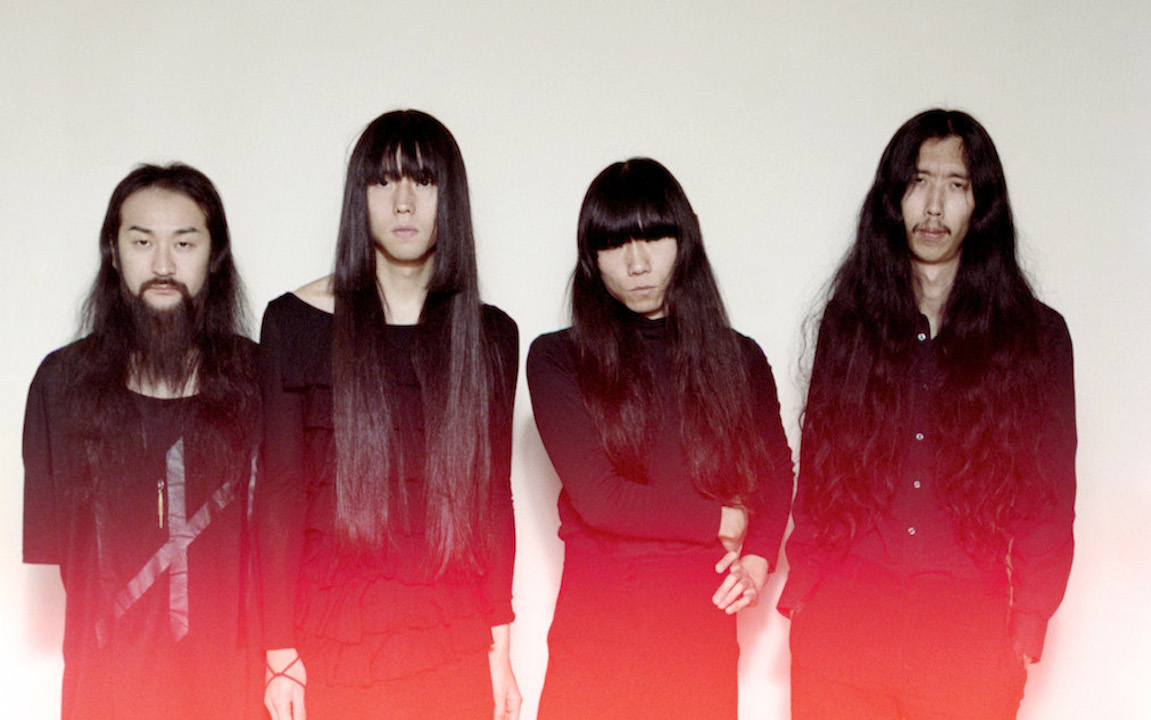
Japanese four-piece Bo Ningen sell themselves a bit short by describing their music as “cosmic lullaby and chant”. Actually, they make a fearsome racket, their noisy jams recalling the anything-goes credo of Krautrock legends like Can or Amon Düül II. They’re also partial to some thumping heavy riffage and proggy time changes, with spacey echo effects and some shouty vocals.
It’s tempting to bracket them alongside other Japanese exports such as Boredoms, Boris or Yura Yura Teikoku, although they formed in London and continue to call it home. They played their first gig in 2007 and soon established their own regular night, Far East Electric Psychedelic, in King’s Cross. “To us, being psychedelic means to stand quietly/loudly in the middle of interzone and stare at both sides at once,” they say.
Essential listening: III (Stolen Recordings, 2014). Their third album is an obstinately wild universe, where huge riffs collide with free-form space-funk.
UNCLE ACID AND THE DEADBEATS
Bludgeoning riff‘n’rollers with a trash aesthetic.
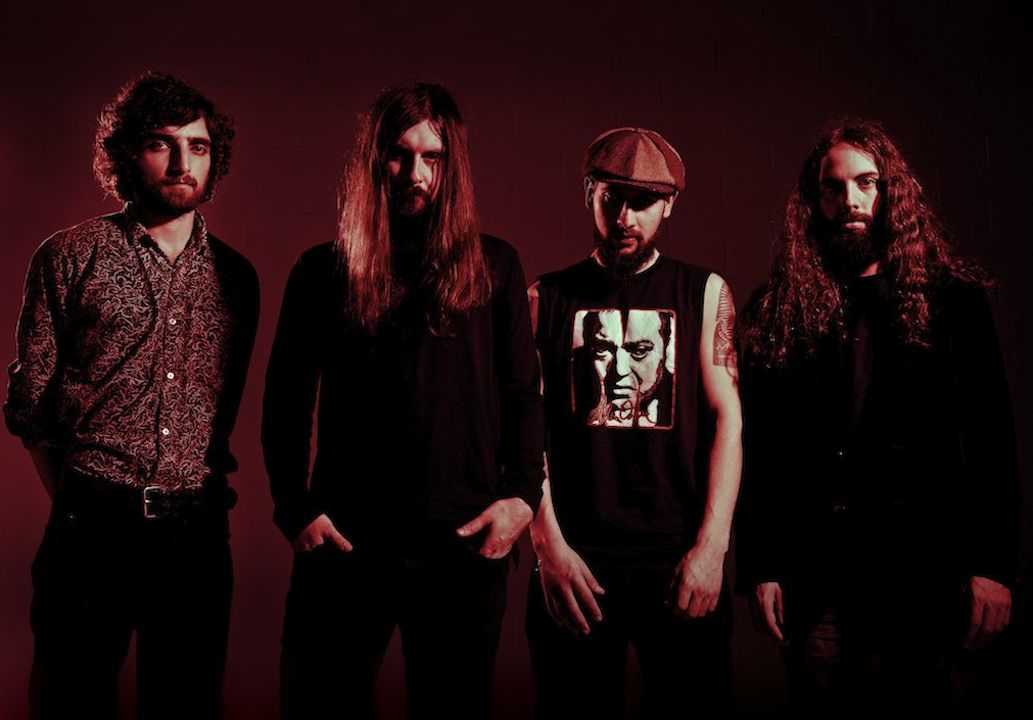
Everyone loves a great concept album, but Uncle Acid & The Deadbeats are fonder than most. Leader Kevin Starrs likens the gestation of their new album, The Night Creeper, to that of a pulp paperback transformed into a film noir and then remade as an ultra-violent Italian slasher flick. Uncle Acid’s music is very much in keeping with Starrs’s theme: a brutal assault on rock’n’roll tradition, with stoner grooves and great spumes of psychedelia.
Taking their name from Rusty Day’s post-Cactus band Uncle Acid And The Permanent Damage Band, they began in Cambridge in 2009 as an anonymous bunch who shunned most forms of social media, preferring instead to cultivate an air of mystique. The following year’s debut, Vol 1, was issued in tiny quantities, as was the initial run of 2011’s Blood Lust. But the latter (which tipped the hat to classic Hammer horror films) quickly found an audience when it was reissued on vinyl by Rise Above Records. Mind Control, another themed album that drew deep from the dark subculture of late-60s California – biker flicks, Altamont, the cult of Jim Jones – fanned the band’s reputation. By the end of 2013, Uncle Acid & The Deadbeats were supporting Black Sabbath.
For all their immensity on record, where they’re as likely to embark on a twisted space jam as they are to invoke the jagged spirit of mid-70s Neil Young, playing live is where Uncle Acid tend to excel.
“When we play live I’m usually dressed in black and our guitar player’s dressed in a white suit,” Starrs explains. “We face each other, with feedback going on between the guitars, and it’s like a battle between good and evil every night. There’s a real intensity while we’re playing. Sometimes it feels like you’re on another planet.”
Like Hookworms or Electric Wizard, two other great British examples of modern psychedelia, Uncle Acid have an open-ended approach that dips freely into Krautrock, punk and metal.
“There seems to be an increase in people’s appetite for guitar-oriented music right now,” says Starrs. “I see psychedelia in film terms. One of the things I love about giallo films is how vivid the colours are, especially the blood. In many ways those films are like psychedelic songs.”
Essential listening: Blood Lust (Rise Above, 2011). After absorbing mighty new record The Night Creeper, head straight to their debut album, Blood Lust, which sets the hook-heavy tone brilliantly for Uncle Acid’s howling doom-psych.
TEMPLES
Paisley-patterned psych-pop from deepest Northamptonshire.
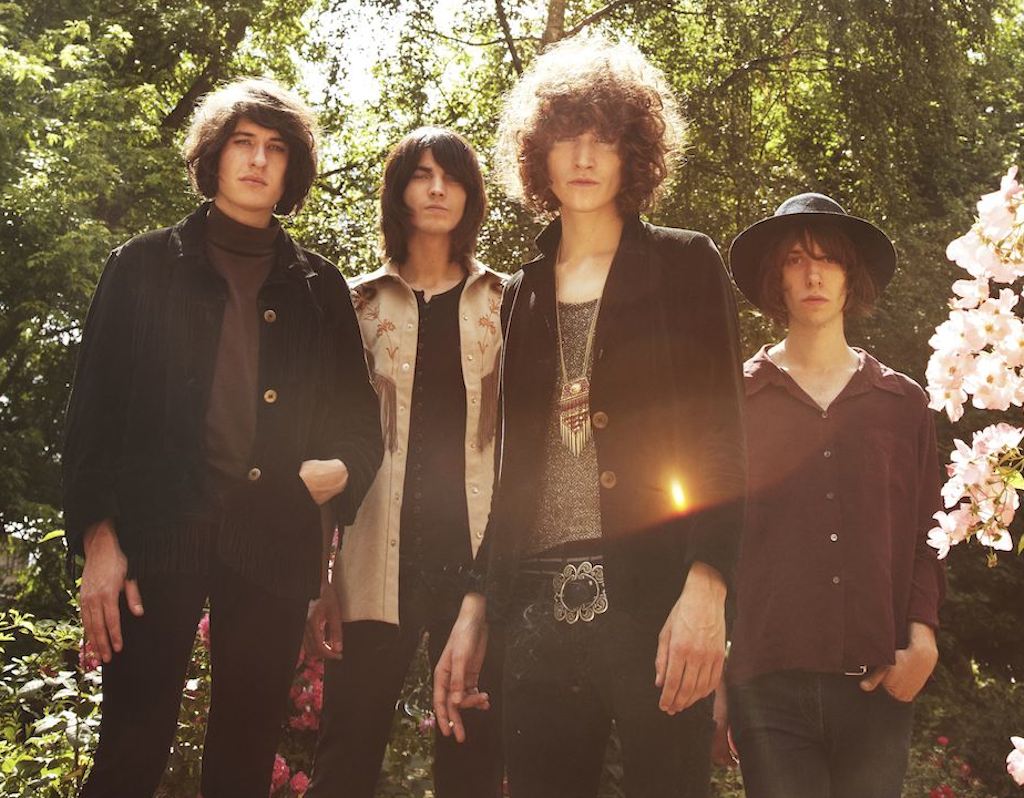
Last year’s Sun Structures was an audacious debut from Temples, a Kettering quartet whose spiritual home seems split between two cultural landmarks of the 60s: LA’s Sunset Strip and London’s UFO club. Like Syd Barrett-era Floyd, the house band at the UFO, they even come with their own light show and prerequisite fringes.
But while the base elements of their music suggest a purely retro fascination, what sets Temples apart is the melodic beauty of their songs. They are consummate purveyors of pop craft.
“Our main aim with Sun Structures was to create a particular feel,” says bassist Thom Warmsley, who, alongside frontman James Bagshaw, co-writes all their material. “The songs are influenced by different styles of music, but in general there’s just that sort of psychedelic gloss over the top of it. It’s a very British style of songwriting that we’ve always held close.”
Warmsley and Bagshaw, who had both been playing around the local area for some years, founded the band in 2012. The duo caught the attention of Heavenly boss Jeff Barrett after posting four self-produced tracks on YouTube, which led to Temples signing to the label.
“One of the best things about modern psychedelia is that there are no rules,” offers Warmsley. “It’s opened a lot of channels between genres.”
Essential listening: Sun Structures (Heavenly, 2014). Chiming guitars and Mellotrons help evoke the classic age of 60s psych, but viewed through the prism of post-noughties rock.
THEE OH SEES
Unofficial godfathers of modern Californian psych.
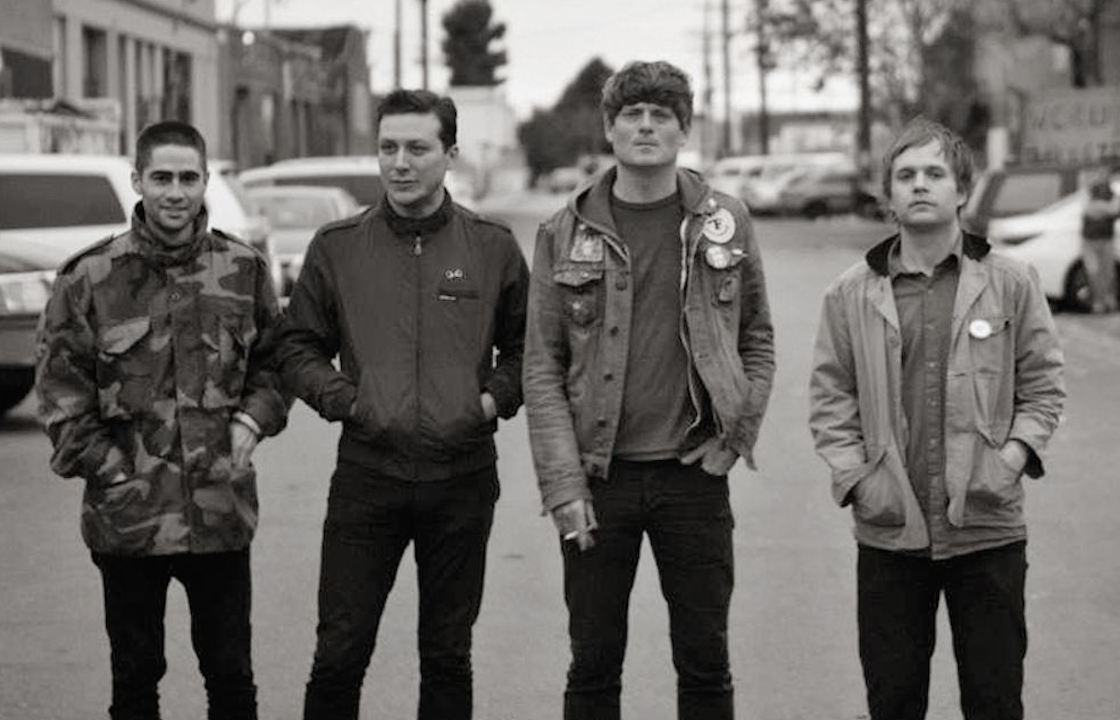
Relative veterans on California’s psych-rock scene, Thee Oh Sees began in the late 90s with singer/guitarist John Dwyer at the helm. The frontman had worked his way through various bands – Coachwhips, Pink & Brown, Yikes, Swords & Sandals – and formed OCS as a repository for his lone studio experiments. Before long, OCS had morphed into Thee Oh Sees.
Dwyer has jumped from avant-noise to punk to electronica, though Thee Oh Sees have been given over to his love of trippy garage rock. He looked to have given it up after a show in San Francisco in December 2013, during which he told the audience: “This will be the last Oh Sees show for a long while, so dig in.” However, he’s since returned with two abrasively great albums.
Essential listening: Mutilator Defeated At Last (Castle Face, 2015). Their 14th album is a masterful distillation of pummelling riffs, urgent hooks and blazing psychedelia.
WAND
Breathless LA trio making kineticism an art form.
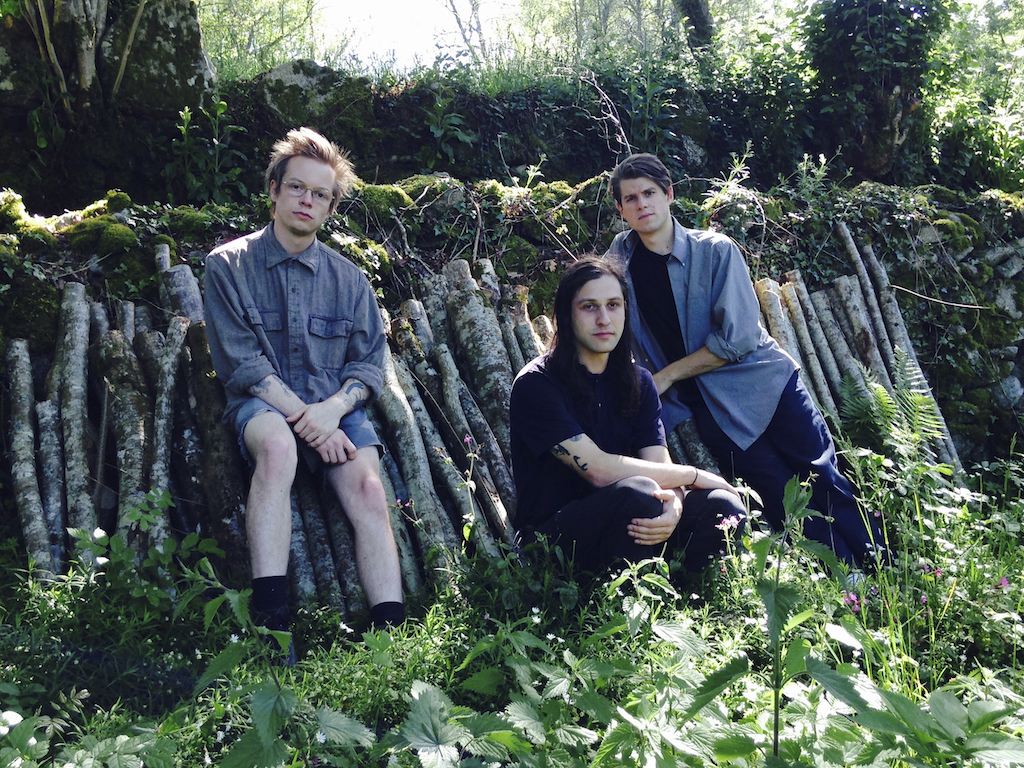
Three albums in just 12 months is an impressive pace of output by anyone’s standards, especially given the fact that there’s been no let-up in quality. Debut Ganglion Reef, issued on Ty Segall’s God? label, was released in the summer of 2014, followed this year by Golem and 1000 Days.
Leader Cory Hanson already has pedigree with other doyens of the Californian psychedelic fraternity (namely Meatbodies, Mikal Cronin and Together Pangea), as well as steering a solo electronic project called W-H-I-T-E. Bassist Lee Landey and drummer Evan Burrows each have separate side projects too.
This peripatetic attitude feeds directly into Wand’s music, particularly 1000 Days, making for a wakeful alliance of prog, metal, ambient textures and synthetic distortion. It sounds like the product of a band in a hurry.
“We’re just making records at our own pace, really,” counters Hanson. “It feels very natural, positive and life-affirming. We gave 1000 Days a lot of space and time to form itself. We were feeling freer as a unit, like we could take certain risks and liberties, which we hadn’t thought to do before.”
California seems blessed with psych-leaning talent right now. Allah-Las, Wooden Shjips, Carlton Melton, Astra and Six Organs Of Admittance are just some of those worth shouting about. “It may even be the case that psychedelic music has fallen into a state of perpetual healthiness,” Hanson says, cautiously. “There can be so many good trips, but it only takes one bad one to make you crazy.”
Essential listening: 1000 Days (Drag City, 2015). Thick waves of synths wash over prog-rock textures and hairy psychedelic freakouts on Wand’s second release of 2015. Closing tune Morning Rainbow is a Can-like killer.
FUZZ
Monstrous space-rock noisehounds.
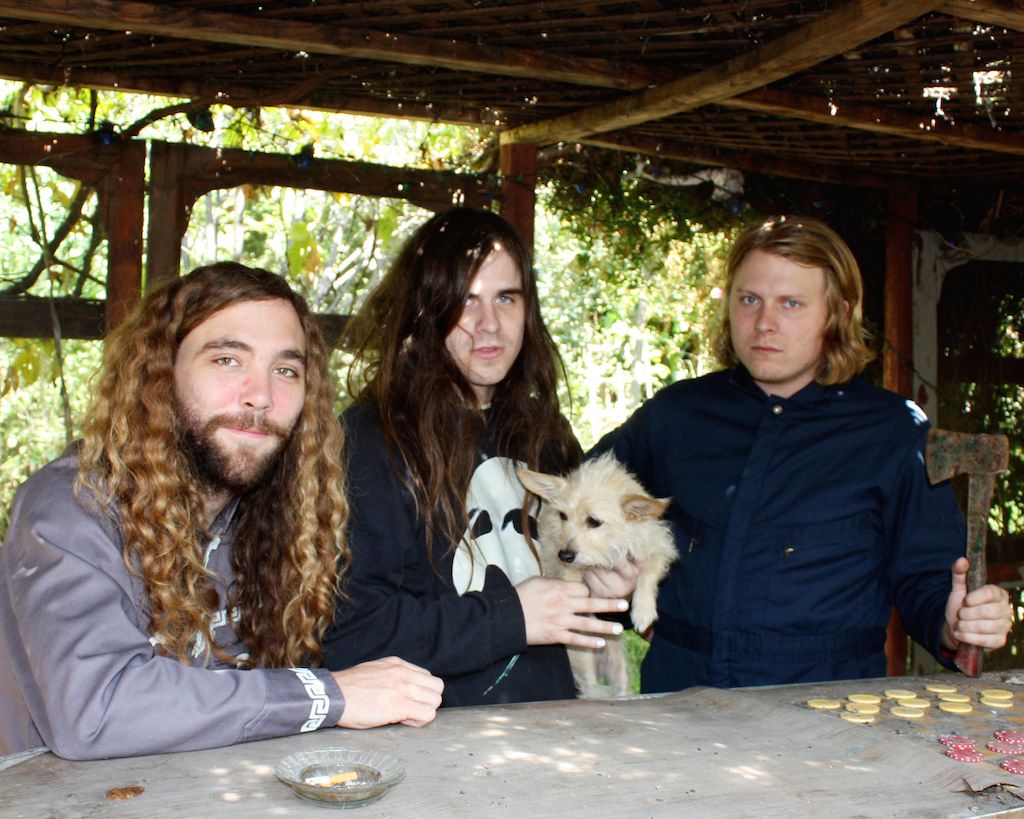
Ty Segall has fast become a major player on the West Coast since making his debut in 2008, releasing a clutch of solo and collaborative albums, starting his own label, God? and recording as part of Epsilons, the Traditional Fools and The Perverts, among others. His most recent project is Fuzz, a trio who create a hybrid of heavy rock and raw psychedelia.
“The reason I got into psychedelia was because it was a form of escapism,” Segall says. “But there’s always a flip side to the positivity of it, which I love. It represents the reality of it all.”
Segall grew up listening to the Stooges and Hawkwind, though he also cites John Dwyer’s Thee Oh Sees as a more recent inspiration.
Essential listening: Fuzz (In The Red, 2013). For the full heavy psych experience, look no further than this, Fuzz’s debut.
_ _
_ _
